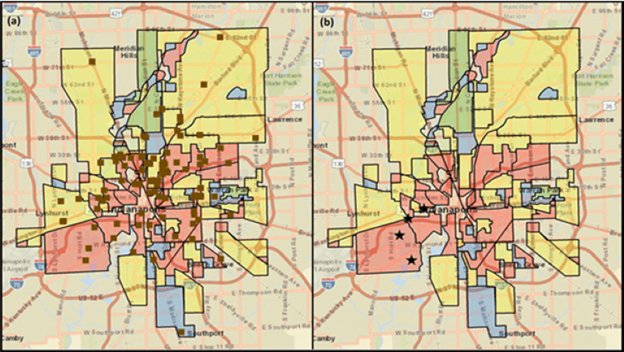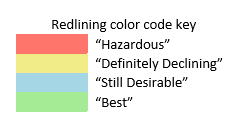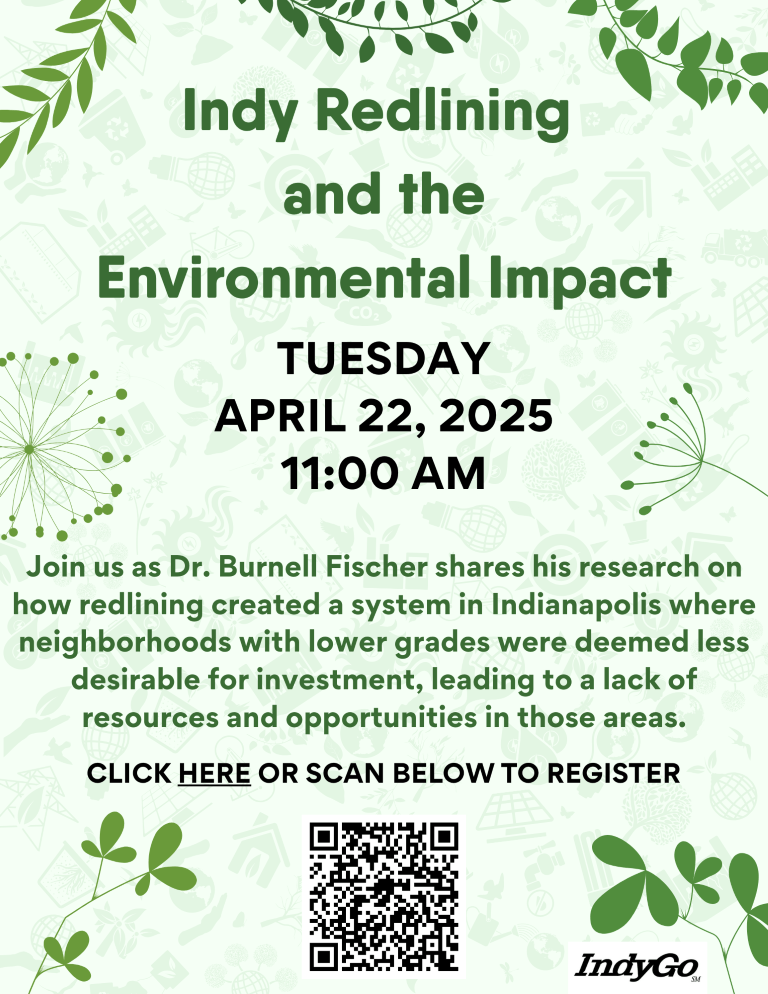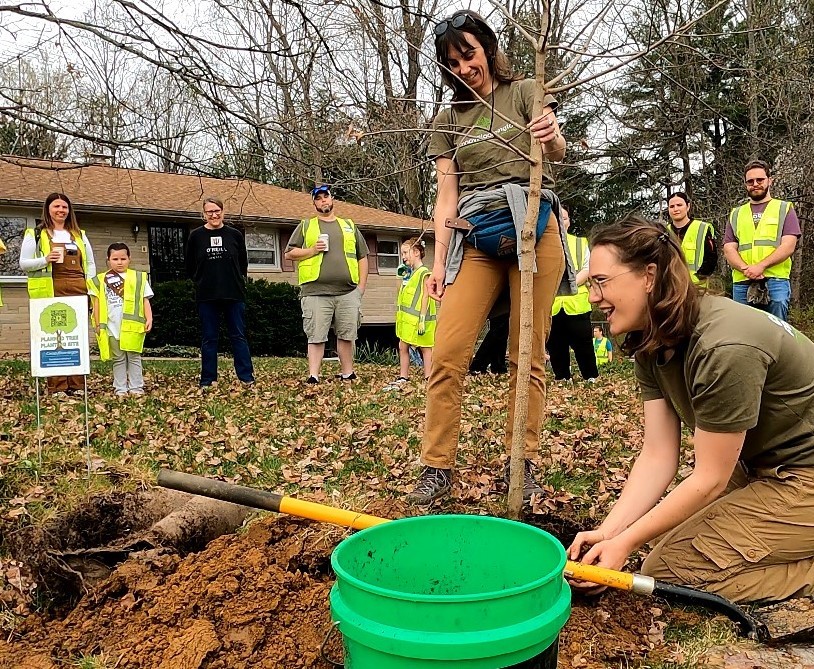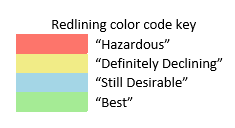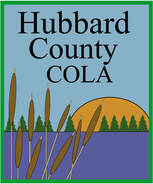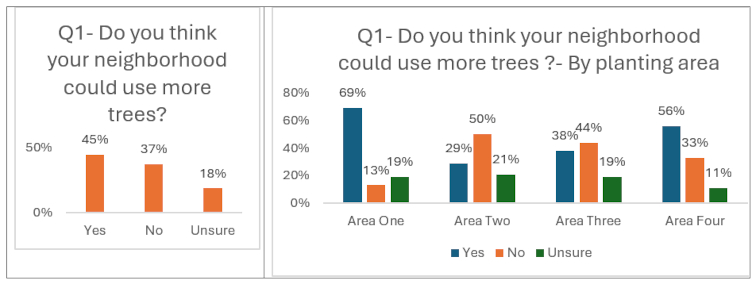December 2024- Jess Vogt, former BUFRG graduate student, publishes major article in Arboriculture & Urban Forestry
Jess Vogt, Associate Professor at DePaul University and Lead for the Lab for Urban Forestry in the Anthropocene (LUFA) has published a major article “A Comprehensive Framework for Understanding Urban Forests as Social-Ecological Systems” in Arboriculture & Urban Forestry 2024. 50(6):427–469.
The article first explains the logic of using frameworks and then reviews specific frameworks that are applied within urban forestry. It presents the urban forest social-ecological system (UFSES) framework. The UFSES framework specifies five first-tier factors: 1) the Characteristics of Trees in the Urban Forest (T); 2) the Surrounding Growing Environment (E); 3) Management & Institutions (M); and 4) Characteristics of the Human Community (H); which influence 5) Urban Forest Outcomes (O). A detailed set of second-, third-, and fourth-tier variables nested within these factors are presented in tables within the paper. The framework should foster holistic systems thinking in a systematic yet flexible way; provide a working draft of a common language for thinking about and studying urban forest systems; and enable comparative case research.
Within the paper Jess gives credit to her experiences at Indiana University as a graduate student with the following:
“ The first version of the urban forest SES perspective was published while I was in graduate school conducting research on planted trees with fellow Ph.D. student Sarah Mincey under the guidance of our advisor Dr. Burney Fischer with the Bloomington Urban Forestry Research Group (BUFRG) at the Ostrom Workshop at Indiana University. The BUFRG urban forest SES perspective (SES1 in Table 2) (Vogt and Fischer 2014) was an explicit combination of the Ostrom SES (Ostrom 2009) (see also Appendix A), Clark et al. (1997) (see also Appendix B), and an understanding of tree physiology (Kozlowski and Pallardy 1997). The SES1 perspective was applied quantitatively to data collected on trees planted by Keep Indianapolis Beautiful, Inc., revealing that the full complex SES variables predicted tree outcomes (survival and growth) better than models that excluded any of the SES components (Vogt et al. 2015d).”
An example from the article is the figure on the left, A simple version of the urban forest social-ecological systems (UFSES) framework, which should be recognizable by everyone associated with BUFRG and the Ostrom Workshop.


